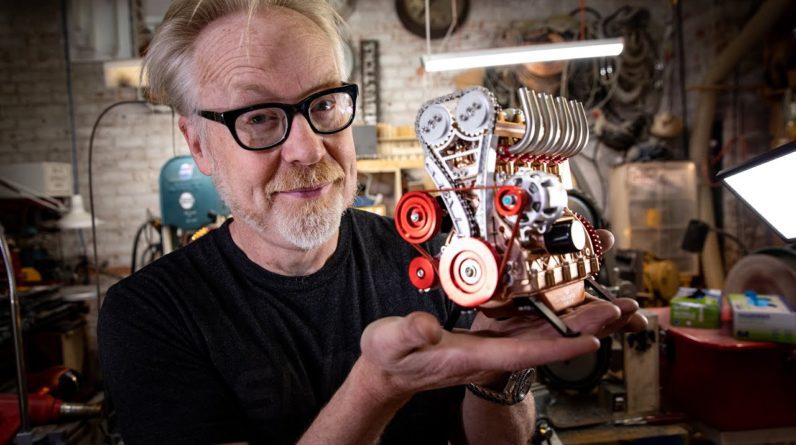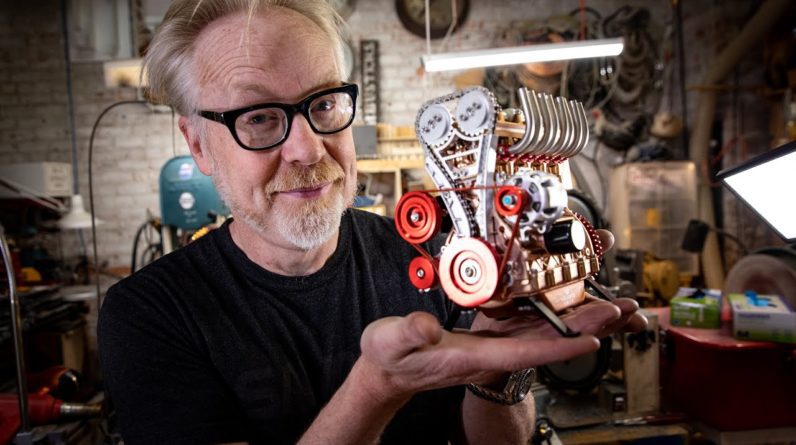We will start with installing the final pieces
in the interior, then after some trimming we will fix the rest of the canopies in place. Since there is a little step between the wings
and the fuselage we need to make some adjustments in order to achieve good fit. And while the file is out why not clean up
a bit? After we are satisfied with the fit it is
time to glue the wings in place. The control surfaces are positionable so we
are going to take advantage of this. We will use thicker plastic cement where possible
to ensure stronger bond. A little bit of sanding in the wing root area
is enough because we have done proper job ensuring good fit. To get good spine seam we will use file and then will rescribe some of the lost panel lines.
There is a gap where the dive brakes stay
and we need to fill it. For this we will use plastic strips. Then we are going to carefully install the
dive brakes. The photo etched elements come with the kit. Finally we will install some of the smaller details. Tutorial on how to mask your wheel wells you
can find in your upper right corner. The first step of the painting process is
to clean the surface with isopropyl alcohol. Before we start painting, please don't forget to wear one of these.
It is very important! If you want to wear one of these t-shirts check the link here: We will prime the airframe using Mr.Finishing Surfacer To address the seams on the fuselage spine
we will use Mr.Surfacer 500. To add more detail we are going to rivet the
entire model. Review of the riveter I use you can see in
your upper right corner. First collor will be H11 Flat white form Mr.
Hobby. Diluted with mr. color acrylic thinner For masking we are going to use the widest Tamiya tape and we are going to cut it to our liking. Instead of using the decal for the left upper wing we are going to create a mask from the decal and paint the marking.
To mask the complex surfaces and to seal some lifting edges of the tape we are going to use Mr. Masking sol neo. The second color on the underside is going
to be C72 intermediate blue diluted with Mr. Leveling thinner. Let's put the Tamiya tape and masking liquid to work again. The final color of the camouflage will be
C14 Navy Blue diluted with MLT. The color is applied in streaks parallel to
the airflow on the horizontal surfaces and perpendicular to the ground on the vertical
surfaces. This is done to avoid monotone surface. After some more masking we are going to paint
the inside of the dive brakes red.

The walkways we are going to brush paint using
Mr. Hobby H12 Flat black Now it's time to seal everything with a
few coats of clear varnish. The decals are not too MANY which is good because they are not the best decals known to man kind. The engine was painted with AK Dark aluminium. Next we are going to paint the push rods black. Next we are going to paint the push rods black. Using a silver pencil we will enhance the shine of the ribs on the cylinders. After assembling the engine together we will add the exhaust manifold and the crank case. The case we will weather using mig’s panel line wash. To add a little more detail to the engine we will add ignition leads made of stretched black sprue. To finish off this part of the assembly we will attach the cawling.
Now it is time for some weathering. First comes the panel line wash. To remove it you can use paper towel, cotton swab or make up applicator sponge. We are going to use highly diluted white paint to fade the centers of some panels and spaces between rivet lines. For the next steps of weathering we will need flat surface so we are going to apply flat clear cote. To imitate chippings to exposed metal we are going to use silver pencil. Next we are going to add some lighter scuffs using light gray pencil and some green pencil for exposed primer. For darker damages like shoe marks etc. we are going to use black pencil. For our first layer of greasy and oily nastiness we are going to use brown oil paint. The navy blue needs to be relatively glossy so a couple of clear varnish layers are needed. To make additional streaking effects we are going to use Oilbrushers from Mig and we are going to manipulate them using flat brush.
I applied the clear coat not very good so we need to smooth it. For the task we are going to use micromesh polishing cloth. We are not aiming for mirror like finish, just smooth surface. Next we have to put some colour to various small details details like the hook, the propeller and the wheels. The next step of our weathering is applying random spots of black and brown filters using sponge. Using the same black filter we are going to apply the exhaust stains. It is time to start the final assembly.
And it is time to face the worst part of the kit, notice how snugly the gear legs fit in their places. Everything else is getting together without many issues. To add the antennae we have to drill holes in the fuselage and in the leading edge of the tail. Then we are going to use stretched black sprue so we won’t have to paint it. And there it is, the finished Curtiss helldiver. Thanks for watching and supporting the channel! To watch more of my videos click on the thumbnails. if you are not a subscriber hit that subscribe button and the notification bell so you can get notified about the latest videos. Until next time happy modelling..






